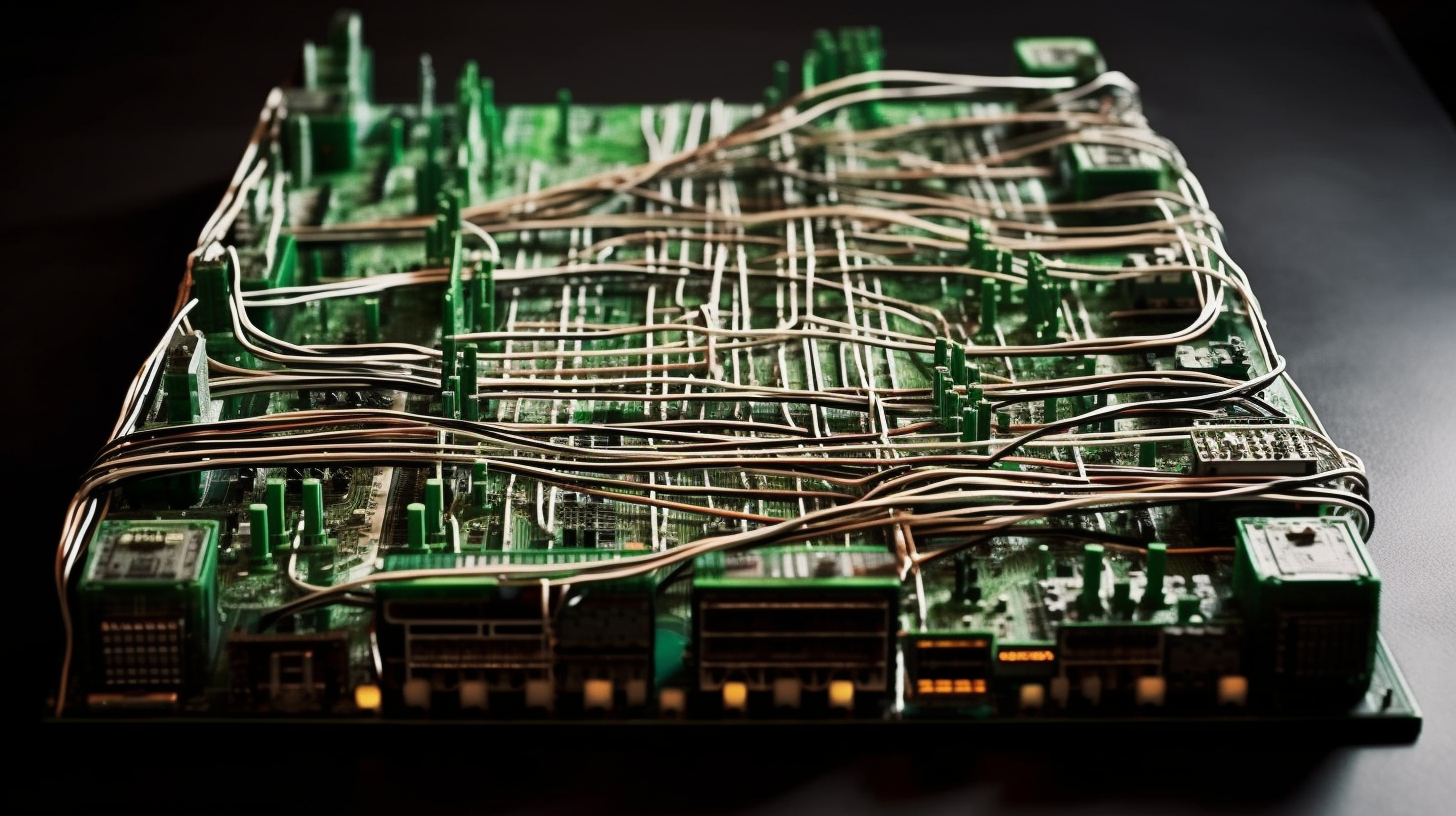Unpacking the Enigma: Configuring and Verifying Switch Interfaces for the CCNA 200-301 Exam

Alright, pals! Go ahead, grab your coffee, and don your thinking cap. We're getting ready to plunge directly into the compelling universe of switch interfaces. You've nailed it - we're getting ready to tackle "Configuring and Verifying Switch Interfaces," a crucial part of the CCNA 200-301 exam. Trust me, it's not as daunting as it seems at first sight.
A Quick Overview
Some of you may question - "What on earth are switch interfaces?" Cutting through the technical terminology, switch interfaces are the physical connection points for devices to a switch or router. These heavyweights perform a crucial function when it comes to linking multiple devices in a network. The goal? Imagine a sleek, efficient information highway with data whizzing around like rush-hour traffic in L.A.
The Ins and Outs of Configuration
Following the time-old adage that - "A good beginning is half the battle." This rings especially true when it comes to configuring switch interfaces. For that shiny new network to behave, the switch interfaces need to be appropriately set up. Think of it as setting a solid foundation - or in culinary language, getting your oven preheated before the soufflé making begins.
So, what's our starting point? Bear with me as we gradually peel off each layer of this onion.
To start with, our job is to configure the switch interface into an 'access' or 'trunk' port. Trunk ports are like multi-lane highways that handle traffic from multiple VLANs, while access ports stick to one. How to do this?
Fire up your terminal, dive into interface configuration mode, and let your fingers do the walking:
Switch(config)# interface FastEthernet0/1 Switch(config-if)# switchport mode trunk Or if it's an access port you're after: Switch(config)# interface FastEthernet0/1 Switch(config-if)# switchport mode access Switch(config-if)# switchport access vlan 20 And boom! Just like that, you've got yourself a configured switch interface.
Verification: A Stitch in Time
Having configured our interfaces, we now need to verify them. Why? After all, as the saying goes, "It's better to trust, but also verify." In simpler terms, it's our opportunity to identify and rectify any minor hiccups before they cause havoc in our network.
So, what's our secret weapon for verification? Let me introduce you to the 'show interfaces' command.
Switch# show interfaces FastEthernet0/1 This command provides a treasure trove of info about the interface. The status ('up' or 'down'), the configured mode ('access'/'trunk'), and the VLANs allowed on the trunk port, to name a few.
The Nitty-Gritty of Troubleshooting
Congratulations! You've configured and verified your switch interfaces! But wait, something seems off? Time to get your hands dirty with some troubleshooting. And worry not, we've got a whole toolbox of commands to aid us in our quest for the perfect network. For example, using 'show interfaces trunk' command will provide a summary of all your trunk ports.
That, my friends, will pave your path to master "Configuring and Verifying Switch Interfaces" for the CCNA 200-301 exam.
In fact, it resembles a choreographed dance - once you learn it, it's all about keeping the right rhythm. Practice makes perfect, so get comfortable with these commands, roll up your sleeves, and return to this guide until you have them down pat. Before you know it, you'll be navigating those interfaces like a seasoned pro!
Rest assured, the process to configure, verify, and troubleshoot switch interfaces doesn't have to turn into a struggle. With some tenacity and perseverance, you can make it as easy as a leisurely stroll in the park. Enjoy your study session, and here's raising a toast to you breezing through that exam!